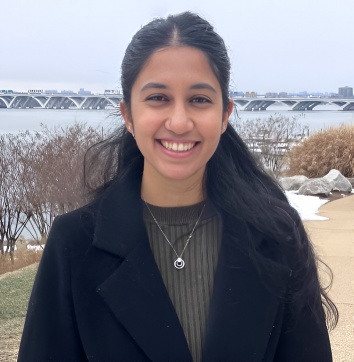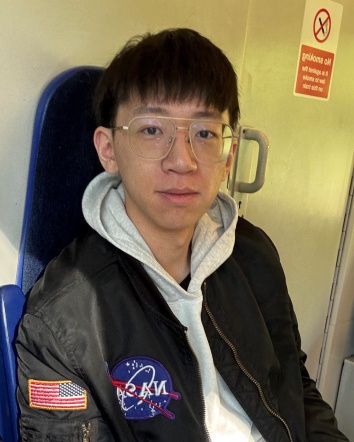
Archana Aravindan
20 May 2025
The Cosmic Frontier Center in The University of Texas at Austin’s Department of Astronomy is proud to announce its second class of postdoctoral fellows. The three Frontier Fellows were selected from a competitive pool of 73 applicants. Joining the center in the fall of 2025, their work will support its mission to uncover the origin of galaxies, black holes, and stars in the early universe.
“With these incoming fellows added to our initial cohort, we will now have five fellows in residence,” said Steven Finkelstein, director of the Cosmic Frontier Center. “Science thrives in collaborative environments, and these five bright researchers now have the critical mass to expand their discovery space together.”
“Our center is coming of age,” added Co-Director Volker Bromm. “With this new cohort of fellows, our sights are firmly set to the future, where our science, the Cosmic Frontier Center, and UT Astronomy will continue to advance the frontiers of human knowledge.”
One of the incoming fellows, Archana Aravindan, is a current graduate student at the University of California, Riverside. At the Cosmic Frontier Center, she will study how black holes influence the structure and development of dwarf galaxies, and in turn, those present in the early universe.
“Dwarf galaxies are small and have low mass, making them useful analogs for early galaxies,” explained Aravindan. What’s more, because they have likely avoided merging with other galaxies, many dwarf galaxies are potential relics of the distant past. “This makes them valuable laboratories for studying the processes that governed the formation and evolution of early galaxies.”
Another of the incoming fellows, Lukas Furtak, is a current postdoctoral fellow at Ben-Gurion University of the Negev in Be’er Sheva, Israel. His research at the Cosmic Frontier Center will use a phenomenon called gravitational lensing to glimpse the cosmos within its first billion years of existence. Gravitational lensing occurs when a supermassive object, like a cluster of galaxies, warps space-time around itself, acting as a magnifying glass so astronomers can detect extremely faint objects that would otherwise be invisible.
To study the early universe, Furtak will pair the James Webb Space Telescope’s far-reaching views with the magnifying effects of gravitational lensing to directly observe the first galaxies, the black holes at their centers, and perhaps even the first stars. “The process of finding magnified objects is quite involved,” explained Furtak, “but we usually get our first hint by visually inspecting the area where magnification is at its greatest and we suspect something interesting might be present.”
A soon-to-be graduate of Johns Hopkins University, Tiger Hsiao will also be using JWST plus gravitational lensing to look for the first stars. However, he will be searching for them based on chemical, rather than visual, cues. Because these stars only contain hydrogen and helium, he will first identify galaxies with few other elements. From there he hopes to zero in on individual stars based on their own chemical signature: ionized helium.
So far, no one has directly observed any of these first stars - though very bright, hot, and massive, they burned out quickly. However, during their relatively brief existence, they are thought to have made a significant impact on their surroundings. “Studying them could provide profound insights into stellar evolution, early galaxy formation, and the chemical enrichment of the universe,” explained Hsiao.
The new Frontier Fellows will be joining a distinguished pool of astronomers and using the best scientific instruments currently available. In particular, the Cosmic Frontier Center is notable for its high level of access to the JWST – currently the most powerful tool for studying the early universe. For its fourth year of observations, proposals led or co-led by members of the center were awarded nearly ten percent of observing time on the telescope (read about the work this will enable).
In addition to its ongoing research, the Cosmic Frontier Center is also creating opportunities for astronomers worldwide to collaborate and learn from one another. This includes hosting the CFC2025 conference from May 27-30, which will feature talks, poster sessions, and opportunities to compare notes. Though in-person attendance is limited to astronomers, the public is invited to access livestreams of the talks at the conference’s website, cfc2025.us.

Archana Aravindan

Lukas Furtak

Tiger Hsiao